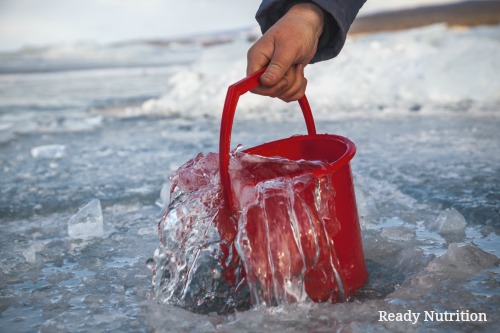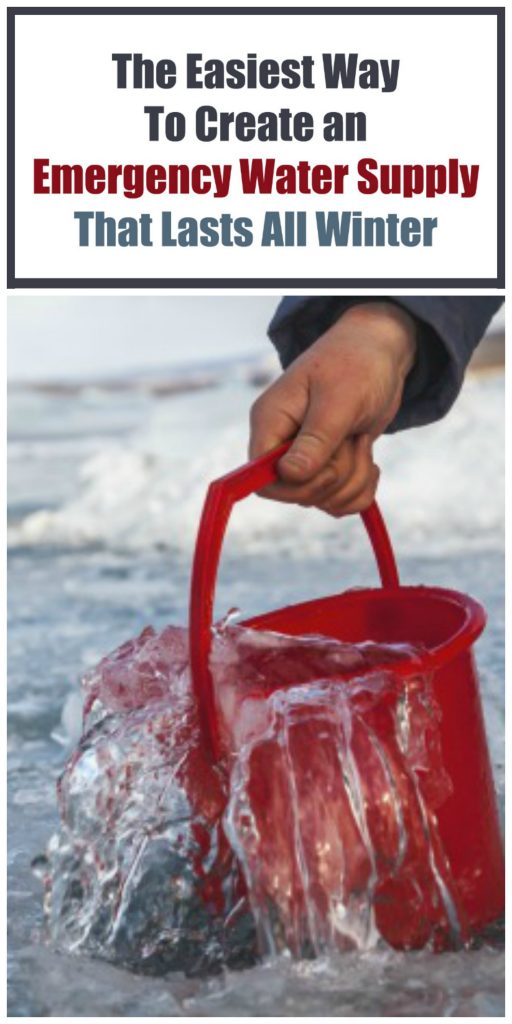
Learn About Snow Water Equivalent
The volume of ice can be converted to the volume of water by multiplying the ice’s volume by 0.92 for water volume. This can be helpful, especially if you have a way of measuring blocks of ice or ice that has been formed within a container where you know the dimensions. Snow Water Equivalent (SWE) is the most common way to measure the amount of water that is in a given amount of snow. The “magic” number here is 10% of the volume of the snow is equal to the volume of water. Therefore, if you had a large container (such as a kid’s plastic swimming pool) filled with 2 feet of snow? Your amount of water would equal 2.4 inches, for the remaining area and volume of the pool.
The Simplest Way to Harvest Water in Winter
I mentioned these just to give you an idea. Naturally, you won’t be lugging around a Coleco plastic swimming pool in the woods with you. You can, however, pack in gallon-sized Ziploc plastic bags, and here’s where your math comes into play to figure volume. You also need something to heat it up in. Barring stumbling across a sizeable container made of metal you can throw on the fire, you may just have to take your time and use a good military issue Army canteen cup, or a steel bottle or container of some kind that will tolerate a heating over/on an open flame.
Ice can be found and “harvested” in the form of icicles and then gathered in volume prior to heating it and converting it to water. This conversion of snow and ice to water will be an ongoing thing while you’re out in the wild, as if you do not have a method to keep your water in a liquid state, then it will refreeze. This is one area that a Camelbak can be useful. The bladder can be kept against the skin or next to the body, wrapped up in layers of clothing and using your body heat to keep it liquid.
One of the problems with the winter is the reduced amount of direct sunlight. There are not many sunny days (comparatively speaking), and the sunlight is not often strong enough or long-lasting enough to make good use of. Another thing you may consider is an ice auger to be able to drill a hole in a lake and extract water for your use. Of course, you’ll have to hurry, and you’ll have to purify that water either chemically, by boiling, or via filtration, but it will work.
Make sure your converting ice and snow to water complement your other activities, such as cooking or resting and warming yourself up by a campfire. Don’t just allow those coals to warm you: put them to work! Thaw out ice or snow for water each chance you have to build a fire. This way you’ll stay one step ahead, and continually replenish your container. Stay warm, melt that snow and ice, and remember it is important: most people tend to drink less in the winter because it’s cold. Thirst is a late sign of dehydration. Stay in that good fight! JJ out!

